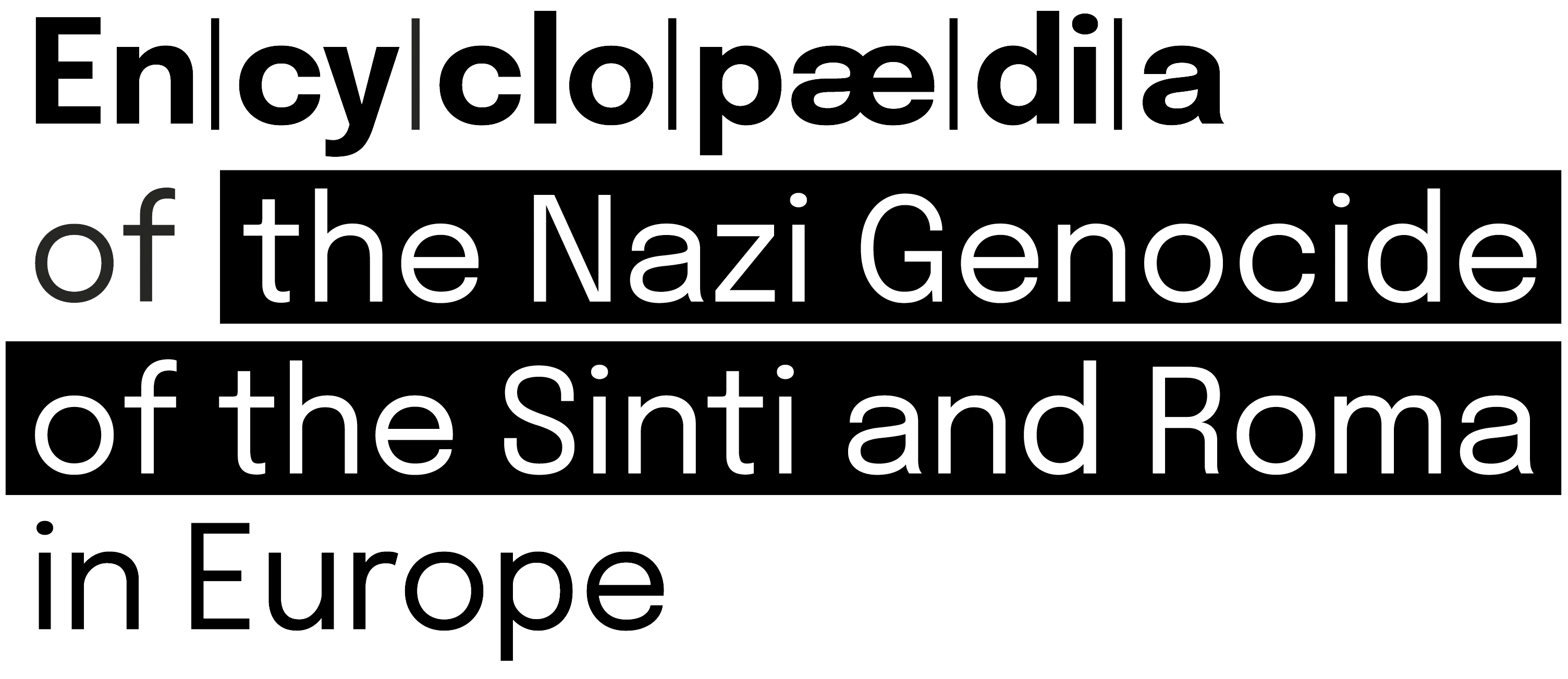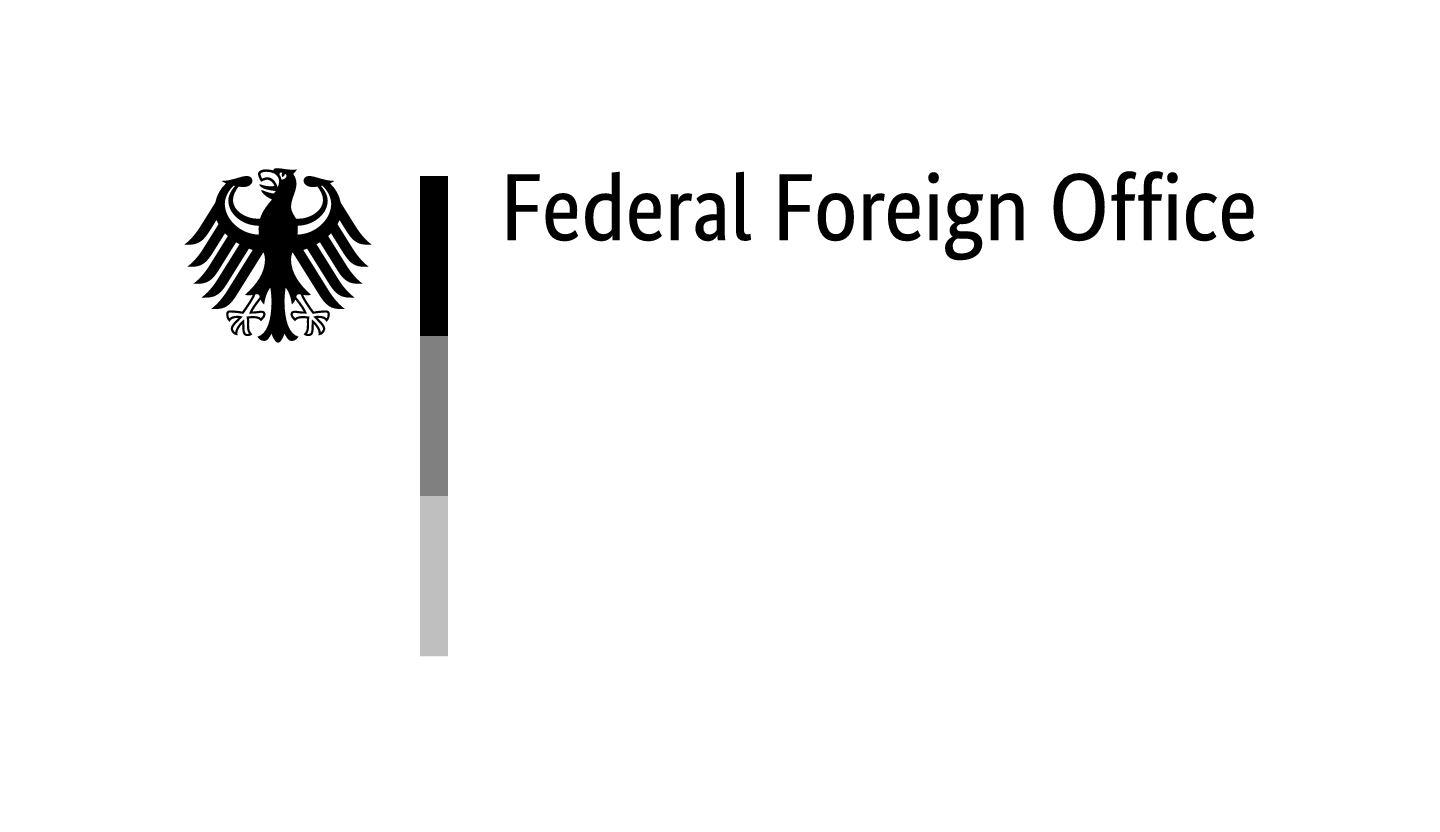Muharem Asović was born on 25 March 1912 in Nikšić, Montenegro. He was born into a poor Roma blacksmith family and learned the blacksmithing trade. In his youth, he distinguished himself as one of the organisers of the football club ‘Hercegovac’ in Nikšić. He became involved in political events early, supporting the work of the Communist Party, which he joined in 1934.
Because of his political activity, he was arrested in 1936 in Dubrovnik, where he spent seven months in prison. After his release, he returned to Nikšić, where he was arrested several times over the years in the context of the political persecution of members of the Communist Party.
Fighting as a Partisan
Shortly before World War II reached Yugoslavia in April 1941, he was imprisoned in the town of Smederevska Palanka, Serbia. After the Yugoslavian capitulation, he managed to return to Montenegro, where he had to hide from the Italian occupation authorities. Asović participated in the anti-fascist uprising of 13 July 1941 in the wider area of Nikšić and Šavnik. He fought as a political commissar of the Nikšić partisan company ’Đuro Đaković’ in Montenegro and eastern Hercegovina.
After the withdrawal of his military unit to Bosnia, he remained in the Nikšić district, organising communist underground activities. The Italian occupation authorities sought to arrest him and offered a reward for his capture. In January 1943, he was surrounded by Chetnik military units in Dragovoljići near Nikšić together with three other communists. Seriously wounded in the fight, he committed suicide so as not to fall into the hands of the enemy alive.
In July 1943, the Italian occupation authorities shot his father Mujo (1888–1943) and brother Alit (1926–1943) in Berane because they were partisans.
Revered as a ‘People’s Hero’
In 1953, Muharem Asović was proclaimed a ‘People’s Hero’ [narodni heroj], the highest possible military honour in Yugoslavia. In Podgorica, a memorial bust was erected in his honour and a street and a municipal grain mill were named after him.
His name is also mentioned on a monument at the Gorica Hill memorial site in Podgorica, which is dedicated to the Montenegrin partisans and people’s heroes who died during World War II. The monument was unveiled in 1957 and is the official site for annual national ceremonies in Montenegro.
Today, some representatives of the Bosnian Muslim minority in Montenegro consider Asović a prominent anti-fascist member of their own community, concealing his Roma identity. On the occasion of the 80th anniversary of Muharem Asović’s death, the Association of Veterans of the National Liberation War and Antifascists of Nikšić [Udruženja Boraca Narodnooslobodilačkog Rata i Antifašista Nikšić, UBNOR] set up a monument at the site of his death in the village of Dragovoljići in 2023.




